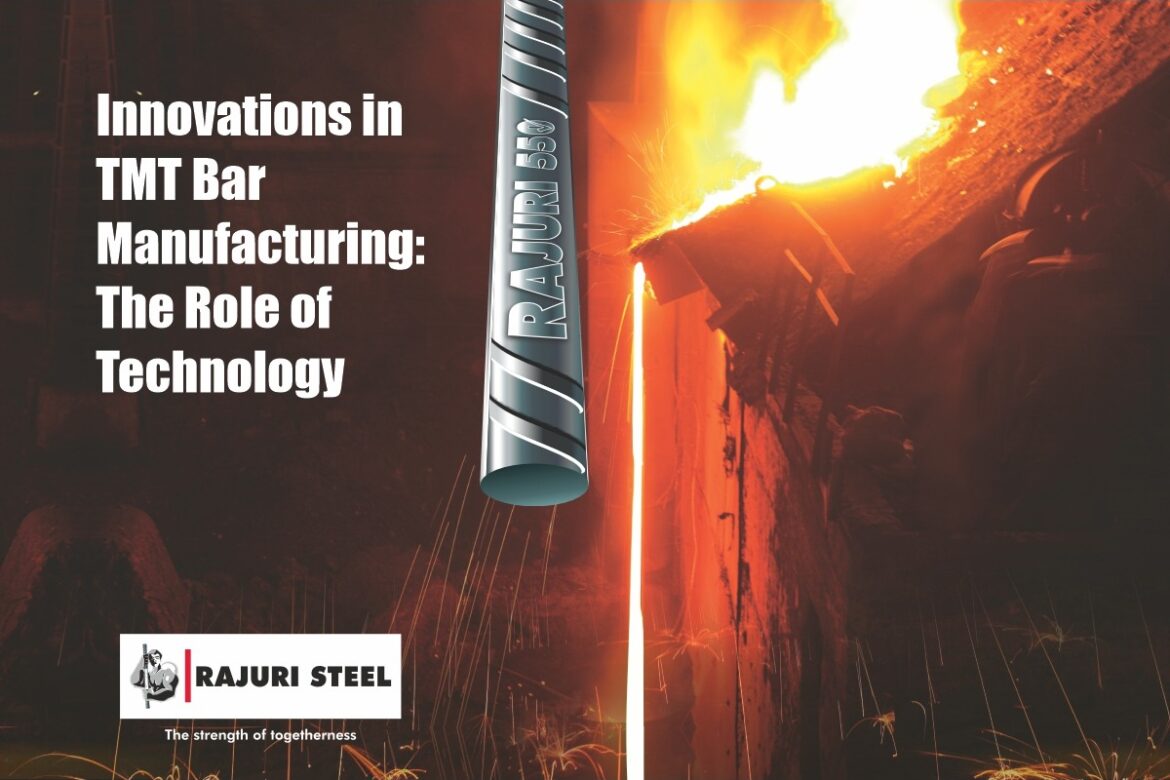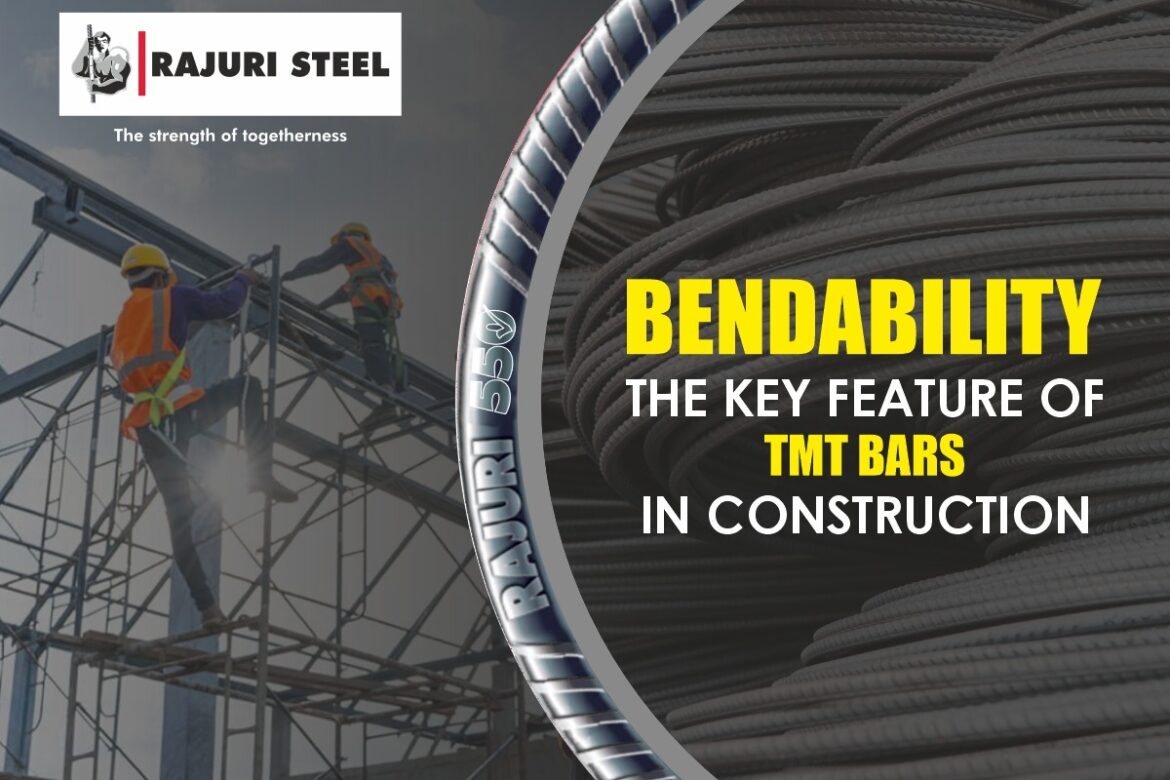In the ever-evolving landscape of construction, innovation is the cornerstone of progress. Among the many advancements that have reshaped the industry, Thermo-Mechanically Treated (TMT) technology stands out as a game-changer in reinforcing structures and ensuring their longevity.
Understanding TMT Technology
TMT technology involves subjecting steel bars to a series of controlled heating and cooling processes to enhance their mechanical properties. Unlike traditional methods of steel reinforcement, which rely solely on cold twisting and quenching, TMT technology introduces a thermo-mechanical treatment stage that imparts superior strength, ductility, and resilience to the steel bars.
The TMT Process Unveiled
The journey of a TMT bar begins with the selection of high-quality raw materials, including iron ore, coal, and other alloying elements. These raw materials undergo a meticulous blending process to achieve the desired chemical composition and metallurgical properties. The resulting steel billets are then heated to a precise temperature in a controlled atmosphere furnace, followed by rapid cooling in a water-quenching system. This rapid quenching stage induces a microstructural transformation within the steel, resulting in a fine-grained ferrite-pearlite structure with dispersed martensite, imparting exceptional strength and toughness to the TMT bars.
The Benefits of TMT Technology:
The adoption of TMT technology has revolutionized the construction industry, offering a host of benefits that set TMT bars apart from conventional reinforcement materials:
- Enhanced Strength: TMT bars exhibit higher tensile strength and yield strength compared to traditional mild steel bars, making them ideal for withstanding dynamic loads and structural stresses.
- Improved Ductility: The thermo-mechanical treatment process imparts enhanced ductility to TMT bars, allowing them to deform plastically under stress without undergoing brittle fracture. This ductility ensures that structures remain resilient and withstand seismic forces, wind loads, and other external factors.
- Superior Bond Strength: TMT bars feature a ribbed surface texture that enhances their bond strength with concrete, ensuring robust anchorage and preventing slippage or separation between the reinforcement and the concrete matrix.
- Corrosion Resistance: TMT bars are inherently resistant to corrosion, due to their microstructural composition and surface characteristics. This corrosion resistance prolongs the service life of structures and reduces maintenance costs over time.
- Ease of Weldability and Workability: TMT bars are designed for ease of welding and shaping, allowing for efficient construction processes and seamless integration into structural frameworks.
- Cost-Efficiency: While initially perceived as a premium option, TMT bars offer long-term cost savings due to their durability, extended lifespan, and reduced maintenance requirements compared to conventional reinforcement materials.
TMT technology represents a paradigm shift in the realm of structural reinforcement, offering unparalleled strength, durability, and resilience to buildings and infrastructure projects. By harnessing the power of thermo-mechanical treatment, TMT bars elevate the standards of construction, ensuring safer, stronger, and more sustainable built environments for generations to come. As the construction industry continues to evolve, TMT technology stands as a testament to the transformative potential of innovation in shaping the world we build.




